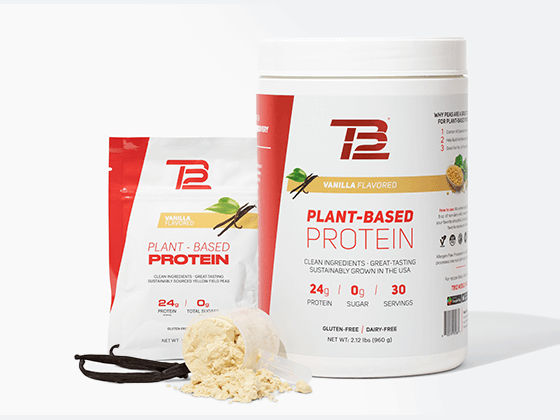Whether your goal is to build strength, gain muscle mass, burn fat, or improve your speed, resistance band training may just be exactly what you need. While resistance training has been around for decades, it is only just now beginning to gain prominence in the mainstream.
“There’s a trend where resistance bands are getting more and more recognition as tools to help with the development of strength, speed, and power, in addition to being used for rehab,” says Body Coach Brendan Curtin.
The Science
Science supports this trend, Brendan says. While weights have always been central to the conventional strength-and-conditioning model of training for size and power, research shows that resistance bands can be equally effective at building strength and muscle mass. A 2016 meta-analysis in Clinical Biomechanics found that “relatively equal muscle adaptations could be expected” using either resistance bands or weights.
Curtin adds that one of the reasons resistance bands are gaining favor is because they allow for fluid movement throughout the full range of motion of a joint. Curtin emphasizes how bands allow you to target accelerating and decelerating muscle groups throughout the entire movement. “With less overload on your joints than weights, this combination helps you train more fundamental and functional movements at the speed of sport.”
“A lot of athletes [have] a fixed idea about how resistance bands work,” says Tom Brady. “Many are surprised to find that resistance bands work their bodies functionally better than weights do in terms of resistance, versatility, and maximizing efficiency.”
Although it can depend on the sport and the movement, Brendan generally advises clients — that have a foundation in functional strength & conditioning and are looking to build muscle mass — to use protocols similar to those used in low-rep/high-load weight training. Beginners should stick with low to moderate loads and emphasize form first. The American College of Sports Medicine recommends that advanced athletes looking to increase muscle mass should use heavier loads for lower repetition counts. It's always best to work with a qualified coach to achieve optimal results.
As TB12 co-founder Alex Guerrero explains when talking about Tom Brady's go-to workout, Tom will perform an exercise like banded push-ups to failure. “You’ll go to the point you can’t go anymore; the point where you cannot perform the movement with good form.” Performing an exercise to the point of momentary muscular failure has been shown to stimulate a greater training effect. Again, it’s important to stop when fatigue prevents you from executing proper mechanics. Form first, Tom Brady says.
Whether you’re using resistance bands or weights for functional strength & conditioning, form should always come first. “You should always start in a biomechanically neutral position — knees over feet, hips over knees, shoulders over hips, a firm core — because if you’re not in proper alignment, you’re conditioning your body to be out of balance.” To help spur muscle hypertrophy and put on size, break an exercise movement down into short segments. Train each segment individually to fatigue.
Body Coach Brendan says you want to push the muscle to max fatigue in each stage to amplify the muscle pump. Whether using weights, resistance bands or body weight, Brendan says it’s crucial to attend to “the missing leg of traditional strength training approaches”: pliability. Through deep-force muscle pliability or by using a TB12 Vibrating Pliability Device, you’ll have prepared both your muscles and nervous system for improved performance in the workout. After the workout, pliability helps clear lactic acid from the muscles, draw in nutrients to the tissues, and reinforce the enhanced brain-body connections established before and during the session.
To build strength and put on muscle, make sleep a priority. When looking at the hormonal impacts of sleep loss, the testosterone levels of healthy young men dropped 10-15% after one week of their sleep being restricted to 5 hours per night. “By comparison, normal aging is associated with a decrease of testosterone levels by 1% to 2% per year,” researchers noted.
You can pursue a range of goals with resistance band training – if your objective is building muscle mass, resistance band training — either as a supplement to weight training or as your primary toolbox — will help you get it done, with less overload stress and inflammation.





